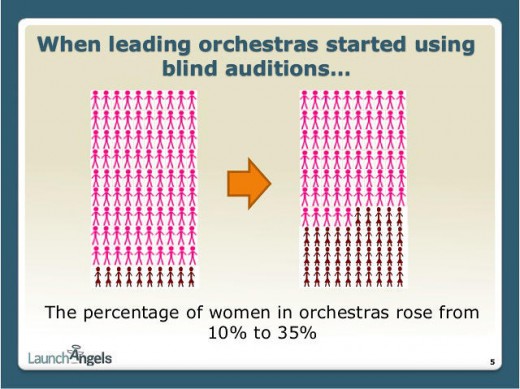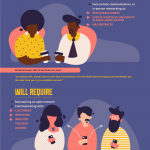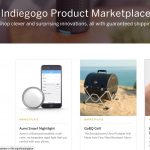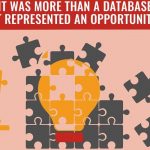7 lessons From fb, Pinterest, And Google On constructing various teams

diversity numbers at most tech companies are pretty dismal, however some of the greatest players are using these strategies to change the ratio.
November 24, 2015 engaged on making Buffer an inclusive place where all sorts of folks feel they belong and thrive is one in all my favourite things.
It’s a singular time to be engaged on diversity objectives at a tech startup. On the one hand, there’s slightly a little bit of work to do to make the strides we’d all like to make. however, there is a lot hope and so many cool improvements, applications, and even tools that may help transfer us toward where we need to be.
We’ve shared a number of our ideas, methods and mistakes thus far. As I start to embark on making diversity a much bigger a part of my job (potential future title: Belonging Booster. What do you think?) i wanted to check out what another tech firms are engaged on in terms of inclusivity.
My research trip took me all the means from the NFL to the symphony orchestra as I revealed tech companies are pulling notion from numerous areas. here are seven cool inclusivity ways that my investigation turned up.
1. The Rooney Rule
Who’s the use of it: facebook and Pinterest
What does tech have in widespread with the national football League? at least one element: the Rooney Rule.
offered by means of the NFL in 2003, the Rooney Rule (named for Pittsburgh Steelers proprietor Dan Rooney, who headed the league’s variety committee) is modest. It requires teams to interview at least one minority candidate for each head-preparation and normal supervisor vacancy.
this change fast increased the NFL’s collection of minority hires from 6% to 22%.
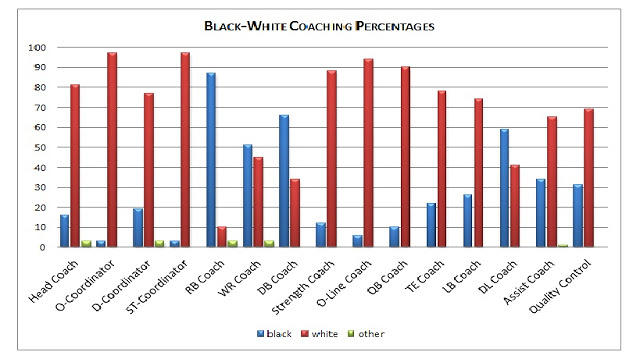
corporations like facebook and Pinterest have adopted their own versions of the Rooney Rule, continuously translating it to the concept as a minimum one woman and one underrepresented minority be regarded as for every open position (from time to time, every open senior place).
2. clear target goals
Who’s using it: Twitter and Pinterest
17% of all americans are Latino, 13% of all americans are black, 6% of all american citizens are Asian, and 62% of americans are white. 50% of americans identify as male, and the opposite 50% as female.
Tech firms’ numbers in most cases don’t replicate these percentages very carefully. Pinterest mentioned this after releasing these demographic numbers:

So Pinterest did something lovely unique and clear to deal with this. From its weblog submit:
we predict one purpose it’s been so onerous to get numbers to change is that companies haven’t said explicit objectives. So today, we’re doing something unheard of—we’re going on file with our hiring goals for 2016. We’re additionally sharing small print about the new programs and improvements we have now planned.
here are Pinterest’s specific targets:

Following suit was once Twitter; listed below are its targets for 2016:
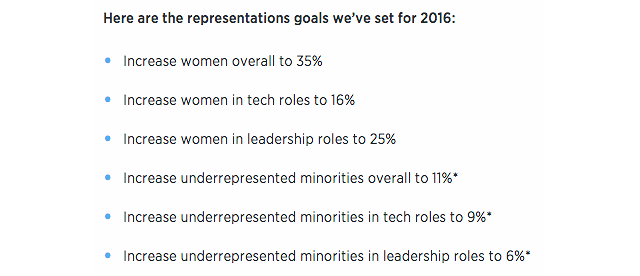
Transparently sharing particular inclusion objectives seems like an ideal method to create accountability and honesty round how things are going.
three. 20% Time
Who’s the usage of it: LinkedIn
in line with Fortune, LinkedIn is among the most gender-diverse of high-profile know-how companies—at the finish of 2014, almost 1/2 of LinkedIn’s workers were non-white.

How did it get there? One clue may well be in this interview with Erica Lockheimer, LinkedIn’s director of engineering growth and ladies in tech.
Erica explains that 20% of her time—and subsequently a element of her revenue and bonus—is tied to LinkedIn’s total range objectives.
a couple of others in administration have a an identical association, and at the least any other 50 employees have dedicated 5% of their time—and a element of their general annual pay—toward working on variety at LinkedIn via issues like unconscious bias training and “acts of inclusion.”
20% time is a groovy strategy because it takes the mission outdoor the realm of just a choose few at a corporation and makes it one thing everyone can work towards, collectively.
4. Embedding Engineers At colleges
Who’s using it: Google
right here’s a cool strategy from Google: the hunt giant is embedding engineers at historically black colleges and universities, where they train, mentor, and advocate.
Google has device engineers in place of abode at Howard university in Washington, D.C., Hampton university in Hampton, Virginia, Fisk college in Nashville, and Spelman and Morehouse faculties in Atlanta.
Googlers teach courses and also train college students on skills like send a qualified email and easy methods to grasp a technical engineering job interview.
5. variety thru Design
Who’s the use of it: Slack
lately, Slack added a brand new way for builders to connect with the app, by means of the “Add to Slack” button. rather a few users observed that the hand within the illustration wasn’t the “normal” search for design:
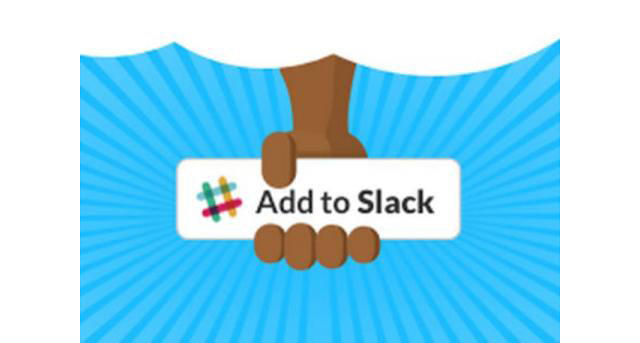
The seemingly small detail of pores and skin color in the launch pics resonated with many users.
Diogenes Brito, the clothier on the venture, wrote concerning the decision beautifully:
Why was once the selection a very powerful one, and why did it subject to the people of color who noticed it? the easy answer is that they rarely see something like that. These individuals saw the picture and right away seen how peculiar it used to be. They have been appreciative of being represented in an international where American media has the bad habit of portraying white folks because the default, and everyone else as deviations from the norm.
Seeing your self identified and integrated in design is a formidable feeling, and Slack recognizes this in a couple of methods:
For a small begin on this route, check up on this great connection of inventory pictures of tech girls of color. (you may recognize the highest picture in this submit!)
6. Unconscious Bias coaching
Who’s using it: fb, Google, and others
Our brains aren’t so great at making rational choices. There are actually a whole bunch of cognitive biases that trick us every day. here are just a few:
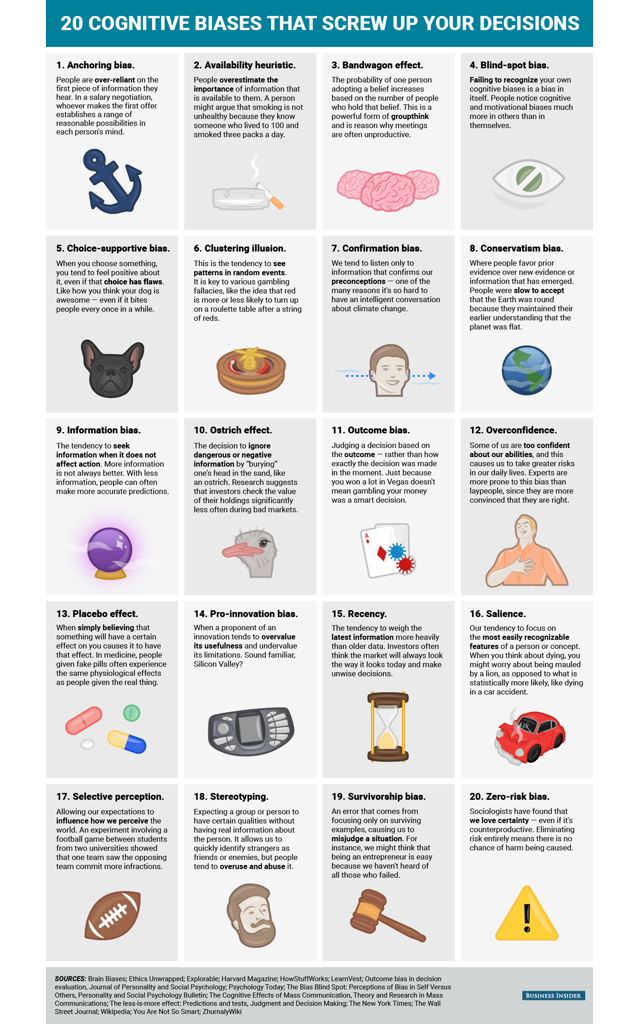
(check up on your own inherent biases around race and gender through taking a quiz right here.)
How do we retrain our wrong brains? Some say a start is to be aware of our biases.
firms like Google and fb are working arduous on unconscious bias coaching for its teams, and sharing some nice instruments with all of us. (significantly, each these hyperlinks are gold!)
7. Blind Auditions
Who’s the usage of it: Mozilla, Dolby
talking of unconscious bias, here’s how orchestras in the us uncovered and worked through one in all their own biases.
As late as 1970, the highest 5 orchestras in the U.S. had fewer than 5% girls. by using 1997, that quantity was up to 30%!
What modified? Orchestras started the use of , the place performers stayed in the back of a reveal as they played, unseen through the judges. (Kinda like television’s The Voice).
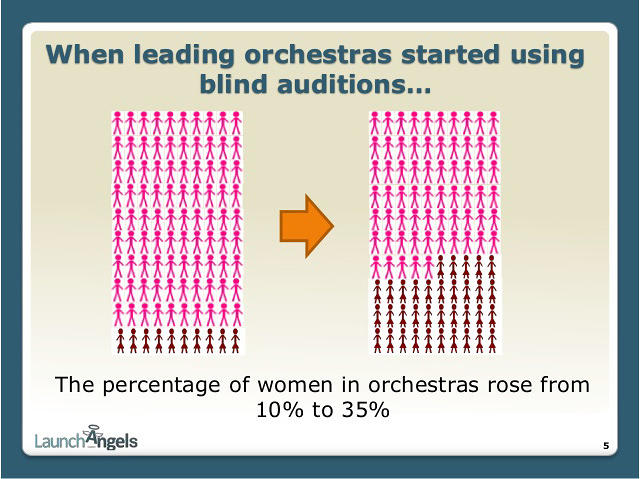
according to a 2001 study, blind orchestra auditions the probability that a girl would increase from preliminary rounds through 50%.
might blind auditions work for tech, too? The startup hole Jumpers makes software that creates a blind audition carried out by the use of laptop. companies like Dolby Labs and Mozilla have already signed on to check out this distinctive method.
Over To You
We’re excited to explore many of these strategies at Buffer soon, and can share with you how it goes.
How are you engaged on bringing extra numerous views to your workforce, or to make your office extra inclusive for all?
I’d love to listen to what methods you’re thinking of or working on, and any thoughts you may have for Buffer as we work on constructing a more various group.
this text originally regarded on Buffer and is reprinted with permission.
associated: How Twitter, facebook, Google, And different Silicon Valley Giants Can restore Their diversity problem
(31)

